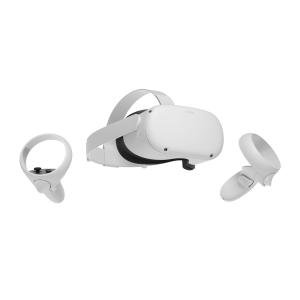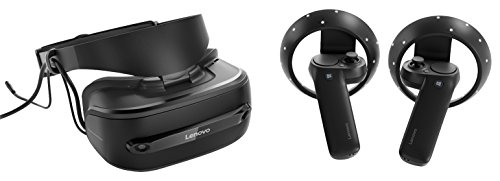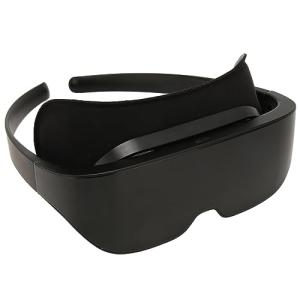Getting into Augmented Reality Software can feel a bit daunting at first, but don’t worry! It's all about finding the right tools and knowing where to start. Whether you’re looking to create engaging content for work or just want to have a bit of fun with it, there are plenty of options out there.
First things first, you need to choose the right Augmented Reality Software for your needs. Some popular options include ARKit for iOS, ARCore for Android, and Unity with AR Foundation, which works on both platforms. Each of these tools has its own set of features, so think about what you want to create and pick one that fits your goals.
Once you’ve picked your software, dive into some tutorials. Many AR tools offer step-by-step guides that will take you through the basics. You'll learn how to create simple AR experiences, play around with features, and get comfortable with the interface. Don’t skip this part—it's super helpful to learn the ropes!
After you've got the hang of things, start experimenting! Create simple projects and gradually add more complexity. Try layering images, adding animations, or even integrating with 3D models. The more you play around, the better you’ll get. Plus, you might find some cool applications for your personal or professional projects.
Remember, Augmented Reality Software is all about creativity. Don’t be afraid to think outside the box and try new things. With a little practice, you'll be amazed at what you can create. Enjoy the journey into this exciting tech adventure!
Top AR Software for Everyday Use
If you’re diving into the world of augmented reality, you’ll want to check out some of the best Augmented Reality Software out there. Whether you’re looking to enhance your work projects, have fun with friends, or explore creative hobbies, there’s something for everyone.
One popular choice is ZapWorks. It’s user-friendly and perfect for both beginners and those with a bit more experience. You can create your own AR content easily, making it a hit for marketing campaigns, educational purposes, and even personal projects. With great templates and a drag-and-drop interface, you won’t feel overwhelmed while you get started.
Another fantastic option is Blippar. This software allows you to create engaging AR experiences without needing to know too much about coding. It’s great for brands looking to boost consumer interaction. Just imagine pointing your phone at a product and seeing additional info pop up right on the screen—that’s Blippar in action!
If you’re into gaming, Unity with Vuforia brings AR to life in amazing ways. It’s perfect for developing interactive apps and games. The graphics are stunning, and the toolkit provides plenty of resources so you can make something really cool. Just remember, it might take a little time to learn, but the results can be worth it!
And let’s not forget Adobe Aero. If you love visuals, this is your go-to. You can easily animate your creations and make them responses to user interactions. It’s integrated with Adobe’s other tools, so if you’re already in that ecosystem, using Aero feels like a breeze.
Oculus Quest 2 — Advanced All-in-One Virtual Reality Headset — 64 GB (UK Model)
Product information
$457.00
Product Review Score
4.25 out of 5 stars
34 reviewsProduct links
Creating Amazing AR Experiences
Getting started doesn’t have to be complicated. Most Augmented Reality Software out there comes with user-friendly interfaces and plenty of tutorials to help you along the way. You can choose from drag-and-drop options to coding if you want to dive deeper. It's all about finding what works for you. You can make everything from fun filters for social media to serious apps for training or education.
Don’t forget about the power of collaboration! Many Augmented Reality Software platforms let you share and work on projects with others. Whether you’re brainstorming ideas, testing your creations, or just having fun together, collaboration can take your AR experience to the next level. It’s great for teams in both work and play.
When creating AR experiences, think about your audience. What catches their interest? What kind of interactions will excite them? Using Augmented Reality Software means you can gather feedback and make quick adjustments. So, don’t be afraid to experiment! The more you play around, the better your AR projects will become.
Oculus Quest 2 VR Headset 128GB Set, White - Advanced All-in-One Virtual Reality Headset Cover Set
Product information
$449.99
Product Review Score
4.33 out of 5 stars
223 reviewsProduct links
Tips for Success in Augmented Reality Projects
Diving into Augmented Reality Software can be a blast, but it can also be tricky if you’re not prepared. Here are some tips to help you tackle your AR projects like a pro.
First up, always start with a solid plan. Before you even open your Augmented Reality Software, think about what you want to achieve. Sketch out your ideas and decide what content and interactions you want to include. Having a clear vision helps you stay focused and efficient.
Next, get familiar with the tools. Each Augmented Reality Software has its quirks and features. Spend some time exploring tutorials or community forums. Find the tricks that speed up your workflow or make your project stand out. The more comfortable you are with your tools, the better results you'll see.
Don’t forget to test your project often. AR experiences can really change based on different devices and environments. Make it a habit to test early and check how your project looks on various screens. Catching issues early saves you headaches later.
Finally, be open to feedback. Share your work with friends or fellow creators and listen to their thoughts. They might spot things you missed or give you great ideas for improvement. Collaboration makes your project even better!






